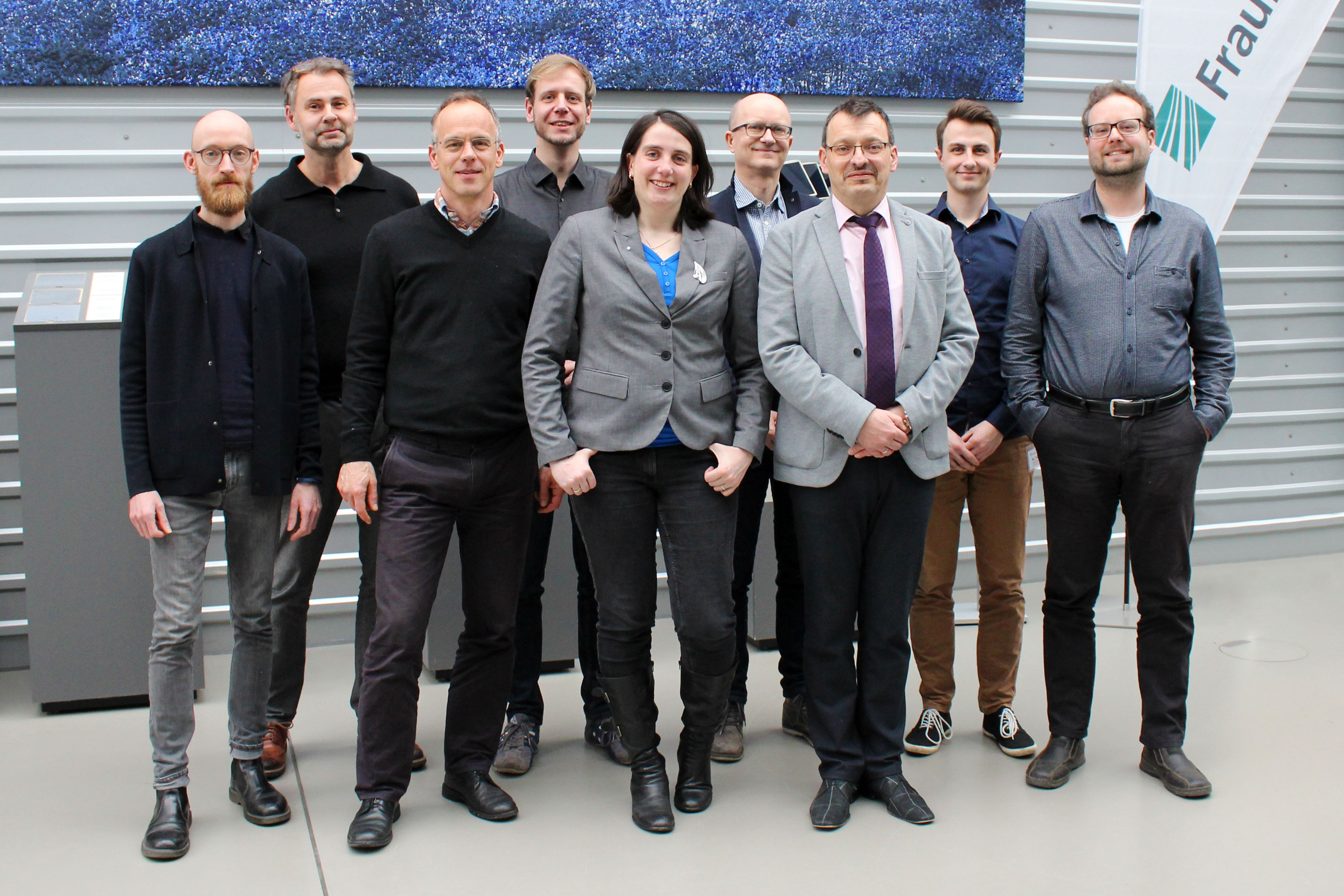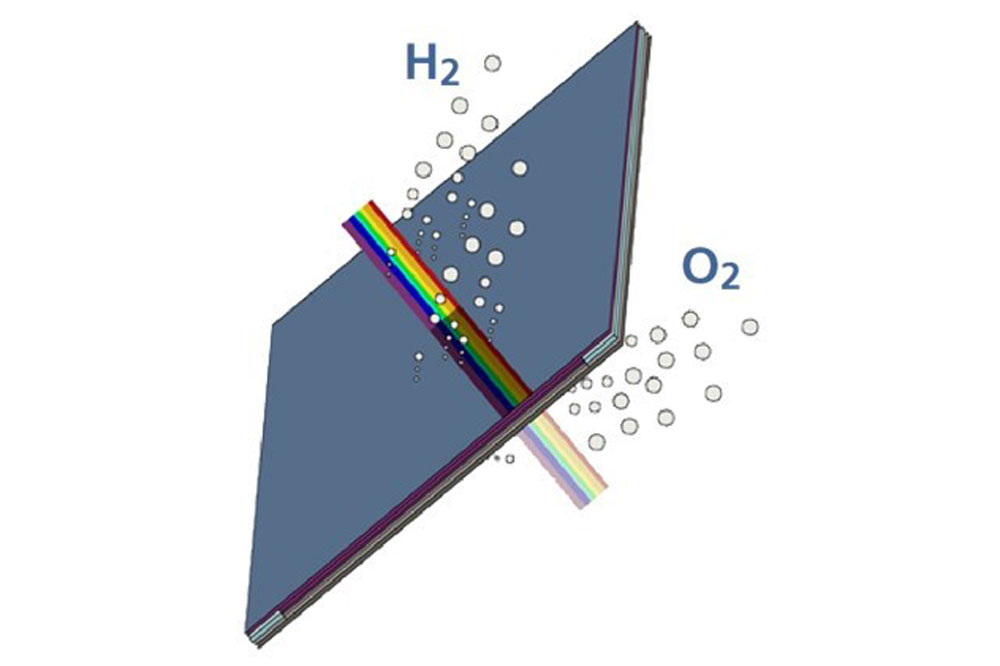Affordable, green, Neo-PEC – Fraunhofer funds innovative hydrogen technology
Hydrogen plays a key role in the search for future energy sources that reduce CO2 emissions and provide a stable energy supply. The joint project "Neo-PEC" therefore aims to develop a tandem module that will be able to produce green hydrogen in a clean and cost-effective manner, thus enabling a decentralized hydrogen supply using an energy carrier which is transportable according to demand. With the help of the module, water is directly split into hydrogen and oxygen by photo-catalytic means (Photo Electro-Catalytic (PEC) Water Splitting). This novel technology does not require expensive electrolyzers and is scalable as required. For the three-year project "Neo-PEC", 3.4 million euros are being made available to the participating partners Fraunhofer IKTS, IST and CSP within the framework of the Fraunhofer internal funding program PREPARE.


Funding combines the expertise of three Fraunhofer Institutes
The aim of the joint project is to develop a one-square-metre demonstrator with a massively increased efficiency compared to the current state of the art of 0.4 %. The modular design of the demonstrator will allow the necessary very large areas for a decentralized hydrogen supply and demand-oriented transport. As part of the project, the coordinating Fraunhofer Institute for Ceramic Technologies and Systems IKTS investigates powder and thick-film materials for the photoactive, semiconducting layer. The Fraunhofer Institute for Surface Engineering and Thin Films IST contributes its experience in the cost-effective large-area coating of high-quality semiconductor absorbers by means of physical vapor deposition (PVD). The materials developed at Fraunhofer IKTS are used for this purpose. Furthermore, the transparent and conductive contacts required to build the tandem cells are adapted. The Fraunhofer Center for Silicon Photovoltaics CSP is responsible for the design, production and technical evaluation of scalable modules made of tandem cells. The project is accompanied by a consulting group consisting of representatives from industry and science.